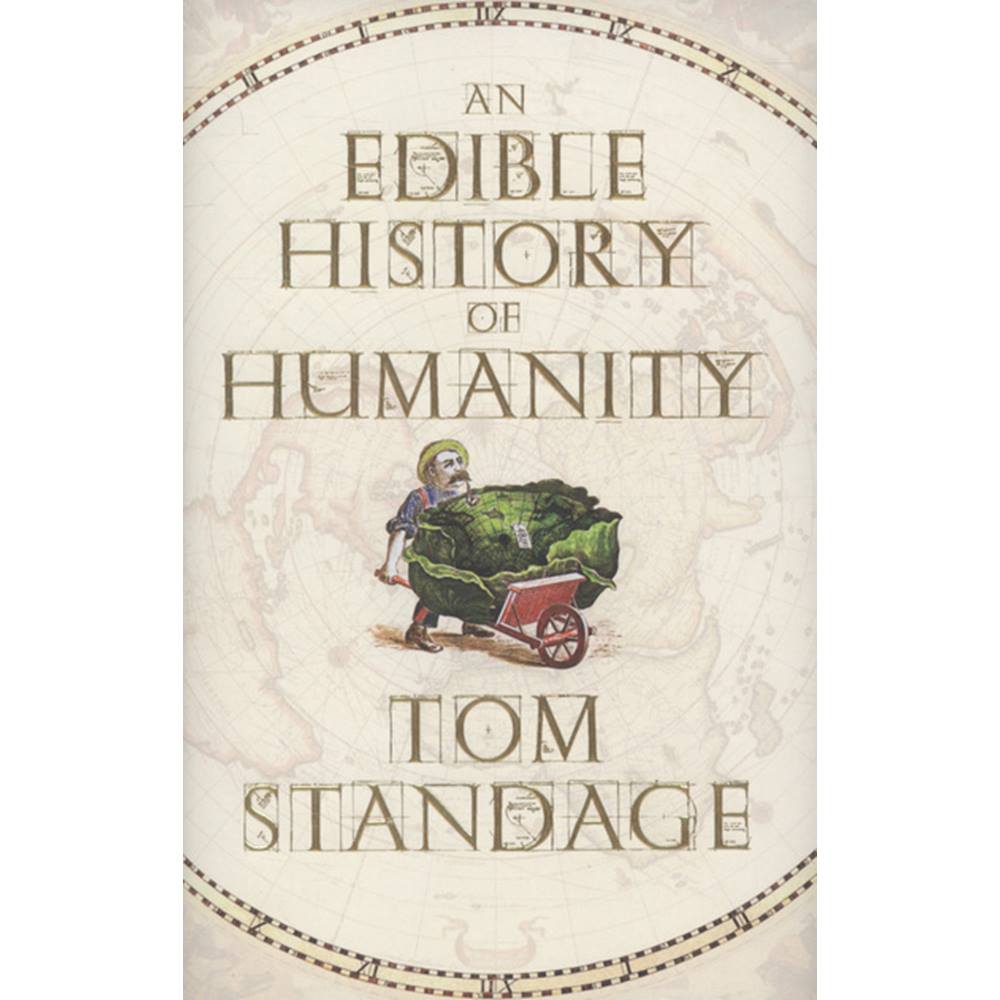An edible history of humanity summary by chapters – As “An Edible History of Humanity: A Chaptered Summary of Food’s Role in Shaping Civilization” takes center stage, this opening passage beckons readers into a world crafted with meticulous research and authoritative tone, ensuring a reading experience that is both captivating and intellectually stimulating.
This comprehensive guide delves into the profound significance of food throughout human history, tracing its transformative impact on our diets, cultures, and societies. From the foraging practices of our Stone Age ancestors to the globalization of food in the modern era, this meticulously crafted summary unravels the intricate tapestry of food’s influence on the human experience.
1. Introduction

Food is essential for human survival and has played a significant role in shaping human history. The book “An Edible History of Humanity” provides a comprehensive exploration of the relationship between food and humanity, tracing its evolution from the Stone Age to the modern era.
The Significance of Food
- Provides sustenance and nourishment for the human body.
- Influences cultural traditions, social interactions, and economic systems.
- Shapes human biology, behavior, and cognition.
Overview of “An Edible History of Humanity”
The book examines the ways in which food has influenced human societies, from the development of agriculture to the rise of global food corporations. It explores the impact of food on health, wealth, and power, and provides insights into the challenges and opportunities facing the future of food production.
2. The Stone Age: An Edible History Of Humanity Summary By Chapters

Foraging and Hunting, An edible history of humanity summary by chapters
Early humans relied on foraging for fruits, vegetables, and animals to survive. Hunting techniques developed, including the use of spears and bows and arrows, allowing humans to access a wider range of food sources.
Early Cooking Techniques
The discovery of fire led to the development of cooking techniques, such as roasting, boiling, and baking. Cooking made food more digestible, nutritious, and safe to consume, and expanded the range of edible plants and animals.
3. The Agricultural Revolution
Transition from Foraging to Farming
Around 10,000 years ago, humans began to transition from foraging to farming. The domestication of plants and animals provided a more reliable and abundant food source, leading to population growth and the development of settled communities.
Impact of Staple Crops
Staple crops, such as wheat, rice, and maize, became the foundation of human diets in different regions of the world. These crops provided essential nutrients and calories, and their cultivation influenced land use, labor patterns, and social structures.
4. The Ancient Civilizations

Culinary Practices in Ancient Egypt
Ancient Egyptian cuisine was influenced by the availability of resources along the Nile River. Bread, beer, and vegetables were dietary staples, and meat was consumed on special occasions. Egyptians developed advanced cooking techniques, including the use of spices and fermentation.
Culinary Practices in Mesopotamia
Mesopotamia was known for its rich and diverse cuisine. The Babylonians and Assyrians cultivated a wide range of fruits, vegetables, and grains. They also developed sophisticated irrigation systems and food preservation techniques.
Culinary Practices in Ancient Greece
Ancient Greek cuisine emphasized fresh, seasonal ingredients. Fish, olives, and wine were dietary staples, and meat was consumed in moderation. Greek philosophers and physicians wrote extensively about the importance of a healthy diet.
5. The Middle Ages
Influence of Trade and Exploration
The Middle Ages witnessed increased trade and exploration, which led to the exchange of new foods and culinary ideas. Spices from the East became highly sought after, and their use transformed European cuisine.
Rise of Spices and Global Trade
The spice trade played a significant role in the development of global trade routes. Spices not only enhanced the flavor of food but also had medicinal and preservative properties. Their acquisition and distribution became a major source of wealth and power.
Frequently Asked Questions
What is the significance of food in human history?
Food has been a central aspect of human existence since the dawn of civilization, providing sustenance, shaping cultures, and influencing societal development.
How does “An Edible History of Humanity” approach the topic of food’s role in civilization?
This summary takes a comprehensive approach, examining food’s impact on human diets, cultures, and societies throughout history, from the Stone Age to the modern era.
What are some key themes explored in this summary?
The summary explores themes such as the transition from foraging to farming, the influence of trade and exploration on cuisine, the impact of industrialization on food production, and the globalization of food in the modern era.